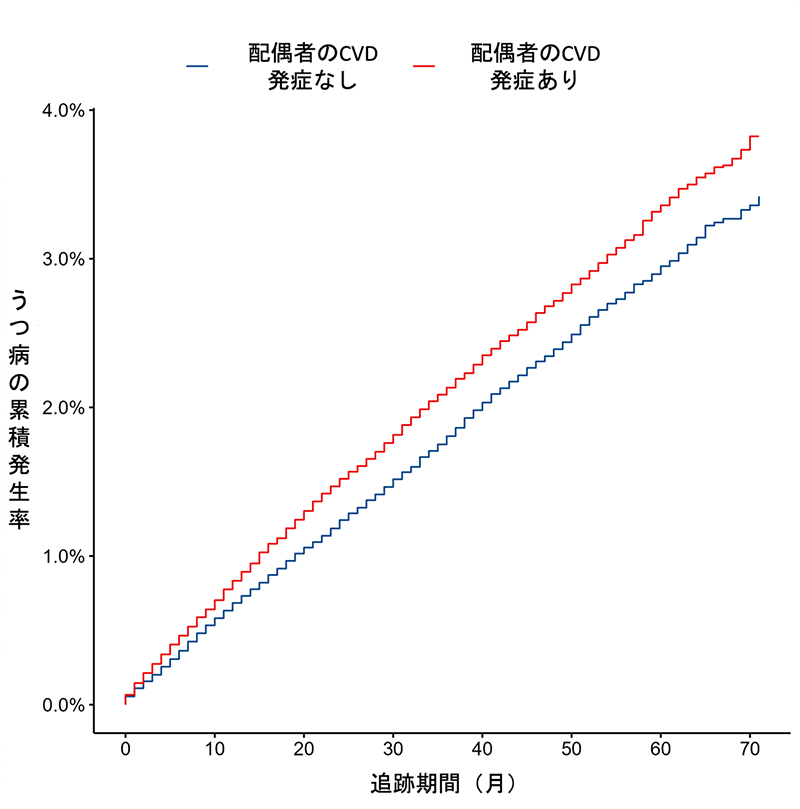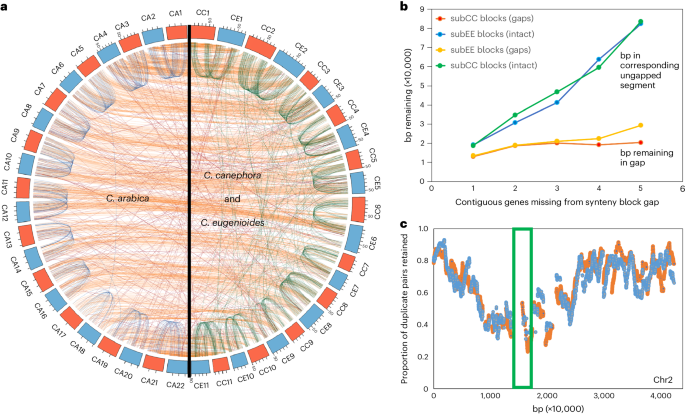2024-04-15 ミュンヘン大学(LMU)
<関連情報>
- https://www.lmu.de/en/newsroom/news-overview/news/domestication-genetic-bottleneck-of-sheep-husbandry.html
- https://www.science.org/doi/10.1126/sciadv.adj0954
新石器時代以前の中央アナトリアの古代ミトゲノムとヒツジ(Ovis aries)における新石器時代後期のボトルネックの影響 Ancient mitogenomes from Pre-Pottery Neolithic Central Anatolia and the effects of a Late Neolithic bottleneck in sheep (Ovis aries)
EDSON SANDOVAL-CASTELLANOS , ANDREW J. HARE , AUDREY T. LIN , EVANGELOS A. DIMOPOULOS , […], AND JORIS PETERS
Science Advances Published:12 Apr 2024
DOI:https://doi.org/10.1126/sciadv.adj0954

Abstract
Occupied between ~10,300 and 9300 years ago, the Pre-Pottery Neolithic site of Aşıklı Höyük in Central Anatolia went through early phases of sheep domestication. Analysis of 629 mitochondrial genomes from this and numerous sites in Anatolia, southwest Asia, Europe, and Africa produced a phylogenetic tree with excessive coalescences (nodes) around the Neolithic, a potential signature of a domestication bottleneck. This is consistent with archeological evidence of sheep management at Aşıklı Höyük which transitioned from residential stabling to open pasturing over a millennium of site occupation. However, unexpectedly, we detected high genetic diversity throughout Aşıklı Höyük’s occupation rather than a bottleneck. Instead, we detected a tenfold demographic bottleneck later in the Neolithic, which caused the fixation of mitochondrial haplogroup B in southwestern Anatolia. The mitochondrial genetic makeup that emerged was carried from the core region of early Neolithic sheep management into Europe and dominates the matrilineal diversity of both its ancient and the billion-strong modern sheep populations.


